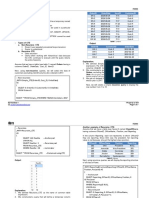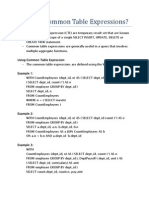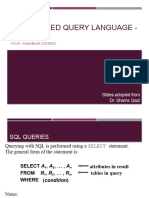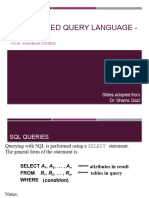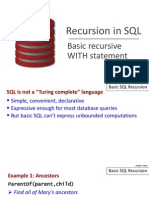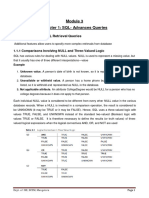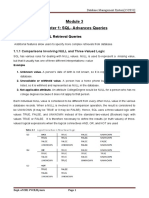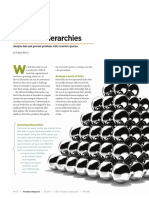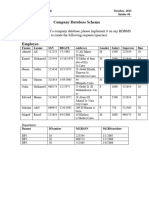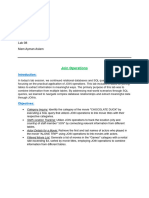0% found this document useful (0 votes)
10 views5 pagesUnit2 Rercursive
The document explains the use of recursive queries in SQL, specifically using the WITH clause to query hierarchical data. It discusses how to find employees reporting to a specific manager, both directly and indirectly, through the use of Common Table Expressions (CTEs). The document provides an example of a recursive query to retrieve all employees under a manager with a specific employee ID, demonstrating the structure and syntax of such queries.
Uploaded by
khushpatel1222Copyright
© © All Rights Reserved
We take content rights seriously. If you suspect this is your content, claim it here.
Available Formats
Download as PDF, TXT or read online on Scribd
0% found this document useful (0 votes)
10 views5 pagesUnit2 Rercursive
The document explains the use of recursive queries in SQL, specifically using the WITH clause to query hierarchical data. It discusses how to find employees reporting to a specific manager, both directly and indirectly, through the use of Common Table Expressions (CTEs). The document provides an example of a recursive query to retrieve all employees under a manager with a specific employee ID, demonstrating the structure and syntax of such queries.
Uploaded by
khushpatel1222Copyright
© © All Rights Reserved
We take content rights seriously. If you suspect this is your content, claim it here.
Available Formats
Download as PDF, TXT or read online on Scribd
/ 5






